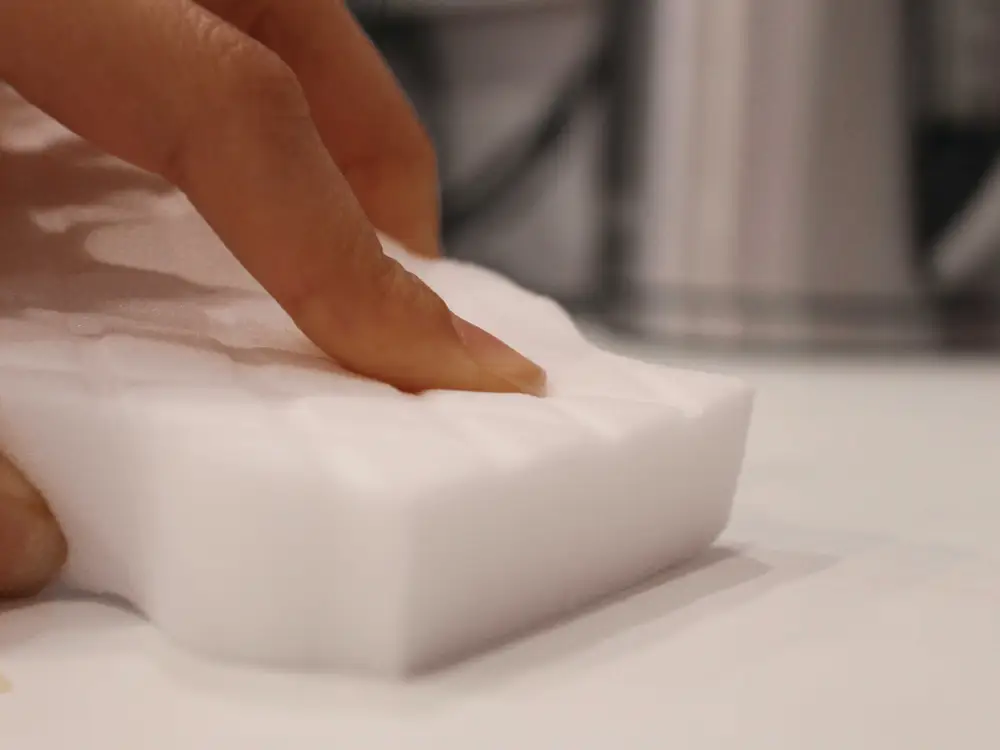If your vents have weak airflow, it could be an indicator that it needs replacing. Luckily, testing it yourself allows you to determine this quickly.
To test an AC car with its AC switched on, a multimeter and its probes connected to motor terminals will be required. Start by turning your multimeter onto its Ohms setting and touching its probes against motor terminals with its probes connected.
Table of contents
How to Test a Blower Motor
1. Disconnect the Wires
Before testing a blower motor, ensure all its components are connected correctly. This may require taking measures like taking off panels from your air conditioning system and cleaning vents; if this task seems daunting to you, referring to the system manual may help guide the way.
- Disconnect the wires leading to the blower motor from its power source and use a multimeter set on resistance mode to test them for continuity.
- You should also test the capacitor and motor windings to ensure proper functioning.
- Use a multimeter to measure resistance between each terminal in a blower motor connector. The polarity of probes doesn’t matter for this test; you should get readings within the range provided by your multimeter’s manufacturer.
- If the multimeter reads 0. L for each terminal on your blower motor terminals, this indicates that all wires within it are intact with no open shorts present.
- Next, check its voltage by connecting one of its speed wires to its ground frame; your multimeter should read 4 to 6 volts at its connector – any deviation could indicate problems with either its circuit board or the wiring that connects it.
See: How to Make a Video a Live Photo: Digital Media Transformation Technique
2. Connect a Multimeter
A multimeter is an invaluable tool for diagnosing problems with a blower motor. You can use it to test its resistor and detect electrical shorts.
- First, turn your multimeter on and switch it into resistance mode – typically marked “O” on its dial – then touch its probes directly onto terminals on the resistor of your blower motor resistor; if 0O appears on its dial then it indicates proper functioning of your resistor.
- If the multimeter readings differ significantly, this indicates a problem with either the blower motor resistor or another component. This may explain why your motor doesn’t start up or run at its desired speed or distribute airflow evenly; if this blower motor resistor needs replacing.
Your multimeter can also help you test a relay.
- To do so, remove the fuse panel cover and locate the blower motor relay.
- After finding it, set your multimeter to its ohms setting and touch one probe of its probe to one of its terminals to verify if your relay is functioning as intended.
- You can also use it to check all fuses in your car’s fuse panel before powering up.
Read:
- How Old Do You Have to Be to Skydive – Adventure Readiness Criteria
- How Do Cashews Grow – Botanical Growth Exploration
- How to Set an Alarm on Your iPhone
3. Check the Resistance
Blower motor resistors regulate fan speeds, so any malfunction could render some settings nonfunctional.
To test them,
- remove the electrical connector from the blower motor and set your multimeter to resistance (ohms) mode; touch its probes against terminals of your blower motor input connector–usually labeled red and black — before touching them against readings from your multimeter that should fall within specified ranges set forth by its manufacturer.
Note that when working with electricity, appropriate safety equipment must always be worn when handling vehicle electrical components. Also, ensure your car is off to prevent short circuits or shock.
- Before beginning to test your blower motor’s ground wire (typically connected by two brown wires on your vehicle), connect the multimeter probes to both positive and negative terminals of the blower motor – this does not matter as resistance is measured based on total opposite current/ohms ratio – then wait to hear or see beep or zero reading on your multimeter display, which indicates continuity.
4. Check the Voltage
Once your multimeter is connected, it’s time to run some tests.
- First off, check that the blower motor is receiving its proper voltage supply by connecting the red multimeter probe to the positive motor terminal and the black multimeter probe to the grounded surface (this ensures safety when working with electrical components).
- If a reading of DC voltage appears on your multimeter this indicates that voltage has reached your blower motor.
- Next, test each blower motor resistor’s resistance using your multimeter set on ohms mode. Resistance refers to any material which impedes electric current from flowing freely; typically this resistance will vary compared to another in its circuit – this is normal and indicates that your system is functioning as intended.
- Finally, if your system contains one capacitor, test its condition to ascertain if any defects exist that could cause motor failure.
- Once all tests are complete and power has been reconnected to observe motor operation; be mindful of any additional symptoms like screeching noises or airflow which is less than what should be present – be sure to note any noticeable deviations such as screeching noises.
Discover More
- Can you Return Opened Items to Amazon?
- How To Get Sweat Stains Out Of Hats – Fabric Care Expertise
- How To Make A Gamepass on Roblox – Digital Entrepreneurship Skill
- How Are You Doing in Spanish – Spanish Greeting Proficiency
- How to Store Cilantro: Herb Preservation Techniques





